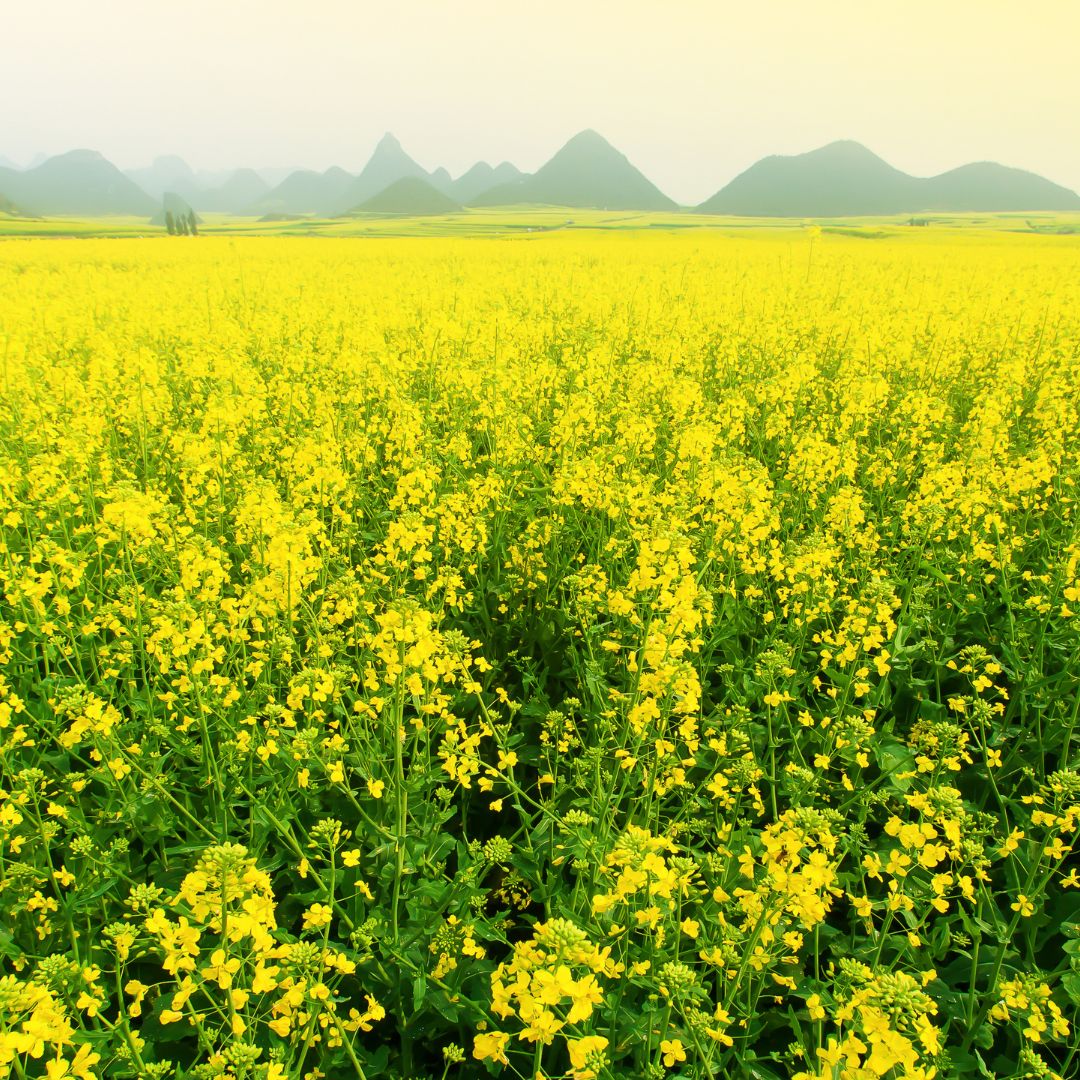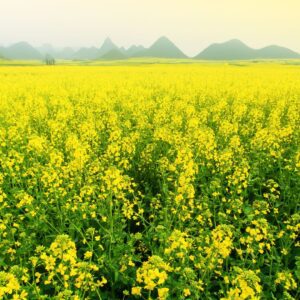
Benefits of Mustard Khal for Cattle in India
Mustard khal, a byproduct of mustard oil extraction, has gained significant attention in the livestock industry in India. Known for its high nutritional value, mustard khal is increasingly being used as a feed supplement for cattle. This guide will delve into the benefits of mustard khal for cattle, its nutritional profile, its role in enhancing milk production, and practical tips for incorporating it into cattle diets.

What is Mustard Khal?
Mustard khal is the residue left after extracting oil from mustard seeds. It is rich in protein, fiber, and essential nutrients, making it an excellent feed option for cattle. The process of producing mustard oil involves pressing the seeds to extract oil, after which the remaining cake is dried and processed into khal.
Nutritional Profile of Mustard Khal
Mustard khal is known for its impressive nutritional composition:
- Protein: Contains about 40% protein, making it a valuable source of amino acids necessary for growth and milk production.
- Fat: Typically has a fat content of around 7%, primarily composed of unsaturated fatty acids.
- Fiber: Rich in dietary fiber (approximately 10%), which aids in digestion.
- Minerals: Provides essential minerals such as calcium, phosphorus, and magnesium, crucial for bone health and metabolic functions.
- Vitamins: Contains vitamins like Vitamin E, which acts as an antioxidant and supports immune function.
Benefits of Mustard Khal for Cattle
Enhanced Milk Production
One of the most significant benefits of incorporating mustard khal into cattle feed is its positive impact on milk production. Research indicates that cattle fed with mustard oil cake or khal show improved milk yield compared to those on standard diets. The high protein content supports lactation and enhances the overall quality of milk produced.
Improved Digestive Health
Mustard khal’s fiber content promotes better digestion in cattle. The dietary fiber helps regulate bowel movements and prevents digestive disorders such as bloating and diarrhea. A healthy digestive system is crucial for nutrient absorption and overall animal health.
Boosted Immune System
The antioxidants present in mustard khal, particularly Vitamin E, play a vital role in strengthening the immune system of cattle. A robust immune system helps reduce the incidence of diseases and infections, leading to healthier livestock.
Cost-Effective Feed Option
Mustard khal is often more affordable than other protein sources like soybean meal or peanut cake. This cost-effectiveness makes it an attractive option for farmers looking to optimize their feed budgets while ensuring their cattle receive adequate nutrition.
Energy Source
The healthy fats present in mustard khal provide a concentrated source of energy for cattle. This is especially beneficial during colder months when animals require additional calories to maintain body temperature and energy levels.
Supports Growth and Development
The balanced amino acid profile in mustard khal supports the growth and development of young calves. Adequate protein intake during early life stages is crucial for muscle development and overall health.
Incorporating Mustard Khal into Cattle Diets
Recommended Feeding Practices
To maximize the benefits of mustard khal for cattle:
- Gradual Introduction: Introduce mustard khal gradually into the diet to allow the animals’ digestive systems to adjust.
- Balanced Diet: Ensure that mustard khal is part of a balanced diet that includes other feed components such as green fodder, grains, and minerals.
- Consultation with Experts: Always consult with veterinary nutritionists or animal feed experts before making significant changes to your cattle’s diet.
Feeding Guidelines
- For healthy adult cattle, incorporating about 200-500 grams of mustard khal per day can be beneficial.
- For lactating cows or those recovering from illness, higher amounts may be necessary but should be determined based on individual needs and expert advice.
Case Studies and Research Findings
Numerous studies highlight the benefits of mustard khal in cattle diets:
- A study conducted on indigenous cattle showed that those supplemented with mustard oil cake had higher body weight gains and improved milk yields compared to control groups.
- Research indicated that feeding mustard oil cake during the transition period significantly increased total protein composition in milk from Murrah buffaloes.
These findings reinforce the importance of including mustard khal as a valuable component in livestock nutrition strategies.
FAQs
1. What is mustard khal?
Mustard khal is the residue left after extracting oil from mustard seeds. It is rich in protein, fiber, and essential nutrients suitable for livestock feed.
2. How does mustard khal benefit cattle?
Mustard khal enhances milk production, improves digestive health, boosts immunity, provides energy, and supports growth and development in calves.
3. How much mustard khal should I feed my cattle?
Healthy adult cattle can be fed about 200-500 grams of mustard khal per day; however, it’s best to consult with a veterinary nutritionist for tailored recommendations.
4. Is mustard khal safe for all types of cattle?
Yes! Mustard khal can be safely fed to various types of cattle but should be introduced gradually into their diets.
5. Can I use mustard oil instead of mustard khal?
While both have benefits, mustard oil is primarily used for cooking or as a supplement; mustard khal offers more substantial nutritional benefits as animal feed due to its higher protein content.
Conclusion
Mustard khal presents a wealth of benefits for cattle farming in India. Its high protein content, digestive health benefits, immune support properties, cost-effectiveness, and positive impact on milk production make it an excellent choice for livestock nutrition. By incorporating mustard khal into their feeding regimens, farmers can enhance the health and productivity of their cattle while optimizing their operational costs.
